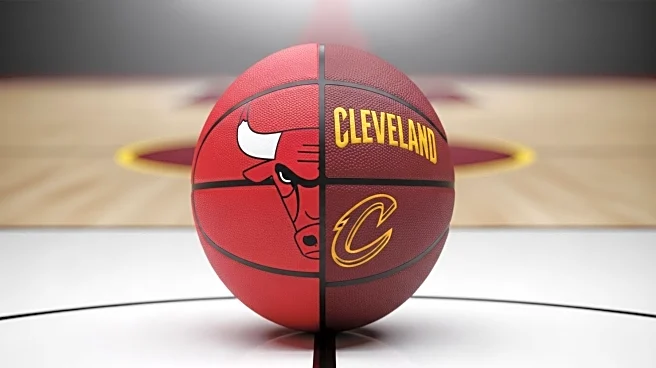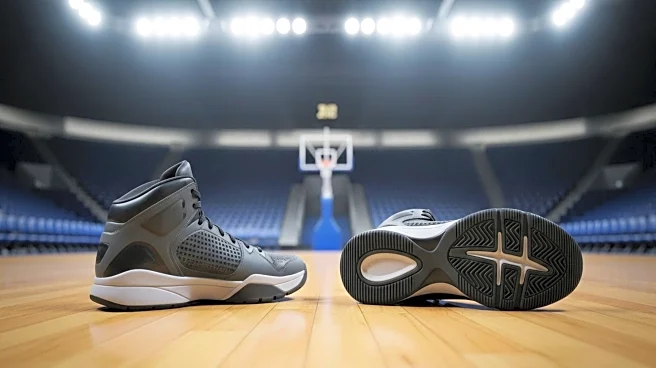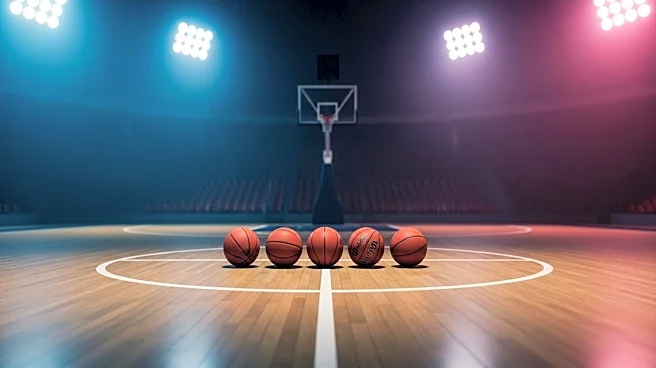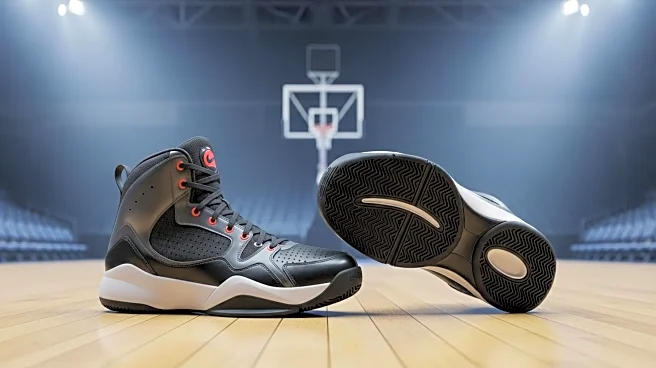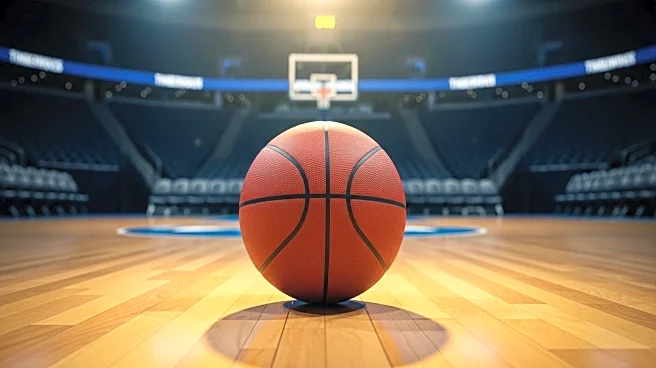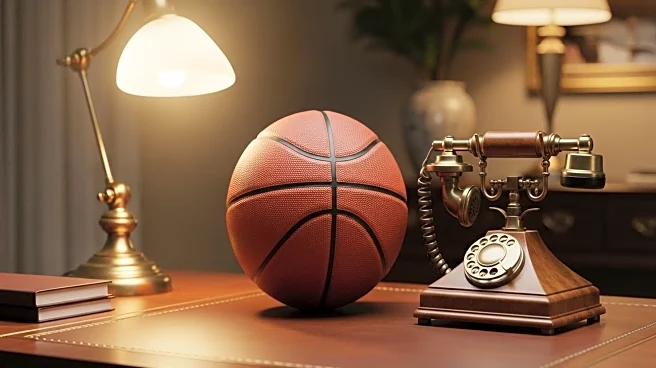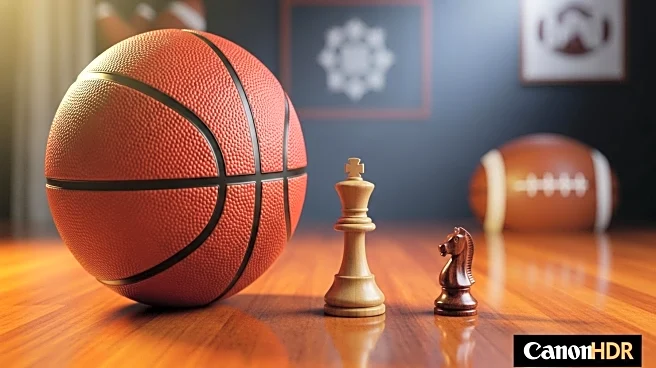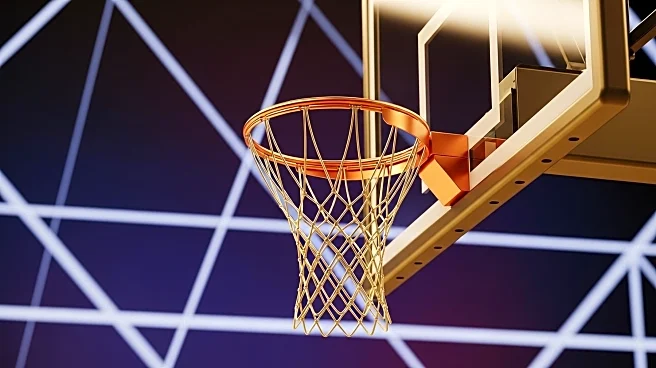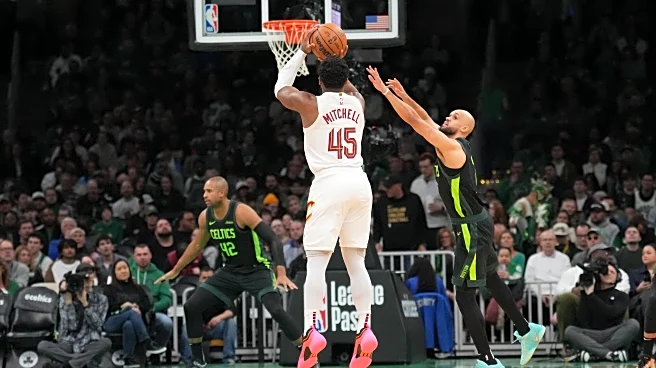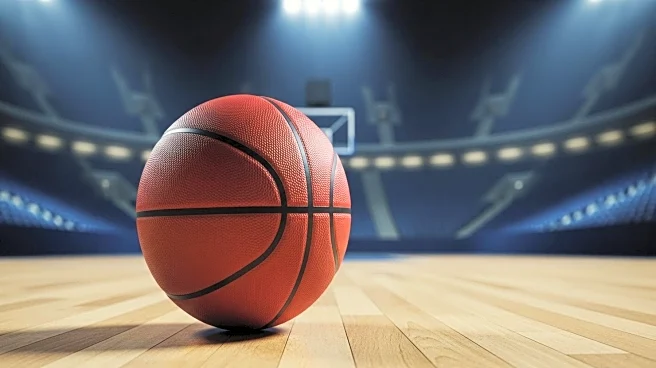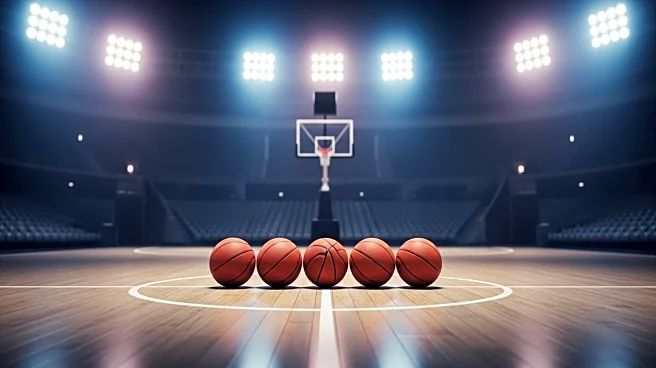What's Happening?
Lonzo Ball, a 3-and-D point guard, signed a four-year, $80 million contract with the Chicago Bulls in 2021, contributing to a strong half-season performance for the team. Alongside Alex Caruso, Ball helped establish a formidable defensive presence. However, Ball's injuries, including a torn meniscus in 2022, limited his playtime and impacted the Bulls' playoff prospects. Despite returning for the 2024-25 season, Ball faced further setbacks with a wrist injury. He averaged 7.6 points, 3.4 rebounds, and 3.3 assists in limited minutes. The Bulls extended his contract for two seasons at $20 million, anticipating a future trade. This summer, Ball was traded to the Cleveland Cavaliers in exchange for Isaac Okoro. Ball expressed understanding of the trade, acknowledging the teams' efforts to improve their rosters.
Why It's Important?
The trade of Lonzo Ball from the Chicago Bulls to the Cleveland Cavaliers highlights the strategic decisions teams make to enhance their competitiveness. Ball's injuries and subsequent limited performance influenced the Bulls' decision to trade him, reflecting the challenges teams face in balancing player potential with health concerns. The move to the Cavaliers offers Ball a fresh start and an opportunity to contribute to a new team dynamic. This trade underscores the fluid nature of NBA team compositions and the impact of player health on career trajectories and team strategies.
What's Next?
As Lonzo Ball joins the Cleveland Cavaliers, he aims to make a significant impact and contribute to the team's success. His focus will be on adapting to the Cavaliers' system and maximizing his performance. The Cavaliers will likely integrate Ball into their lineup, leveraging his defensive skills and experience. The trade may prompt other teams to reassess their rosters and consider similar strategic moves. Ball's performance with the Cavaliers will be closely watched, potentially influencing future trades and contract negotiations within the league.
Beyond the Headlines
Lonzo Ball's trade and injury history raise broader questions about player health management and the long-term implications of sports injuries. Teams may need to invest more in medical and rehabilitation resources to support players' recovery and prevent recurring issues. The trade also highlights the importance of adaptability and resilience in professional sports, as players navigate changes in team dynamics and expectations. Ball's positive outlook and gratitude towards his former team reflect the personal relationships and community ties that extend beyond the court.
